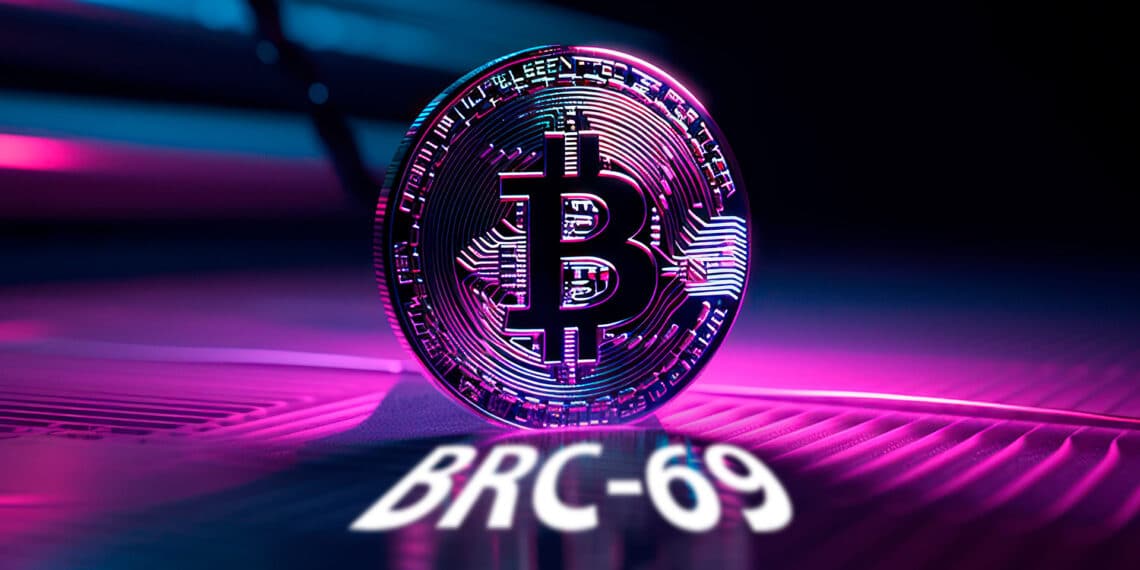In a significant breakthrough for the Bitcoin community, a revolutionary development known as BRC-69, the new Bitcoin Standard, is set to redefine the capabilities and potential of the world’s leading cryptocurrency. By eliminating data limits and introducing ordinals, BRC-69 promises to address some of the key limitations that have hindered Bitcoin’s scalability and utility. This article explores the essence of BRC-69, delving into its implications for Bitcoin and its vast community of users.
What are Ordinals?
- Ordinals, stored on the Bitcoin blockchain, are a type of NFT that has unique and immutable characteristics.
- Serve as representations for various assets, including digital art, music, and physical objects.
- Their current size limitation of 4 megabytes restricts their usability for more intricate assets
What is BRC-69?
- BRC-69 is a new token standard that uses a technique called “recursive inscriptions” to bypass the 4-megabyte data limit for Ordinals.
- This means that Ordinals can now be much larger and more complex than before, without incurring high gas fees.
- Recursive inscriptions work by storing the data for an Ordinal in a series of smaller inscriptions.
- When an Ordinal is minted, the metadata for each of the smaller inscriptions is combined to create a single, larger inscription.
How does BRC-69 benefit Bitcoin?
BRC-69 could help to boost the adoption of Bitcoin Ordinals. By making them more affordable and accessible, BRC-69 could help to attract new users to the Bitcoin ecosystem. For example, artists and musicians could use Ordinals to create and sell digital artworks and music that are more complex and visually appealing than what is currently possible. Businesses could also use Ordinals to create loyalty programs, reward customers, and track the ownership of physical assets.
How does BRC-69 benefit the Bitcoin community?
- BRC-69 could also help to promote innovation in the Bitcoin space.
- By making it easier to create and use Ordinals, BRC-69 could encourage developers to build new applications and services on top of Bitcoin.
- For example, developers could create new marketplaces for Ordinals, or build tools that allow users to create and manage their own Ordinal collections.
- BRC-69 could also help to make Bitcoin more attractive as a platform for decentralized applications.
- By making it easier to store and manage digital assets on Bitcoin, BRC-69 could help to pave the way for a future where Bitcoin is used for a wider range of purposes.
Overcoming Data Limits: A Game-Changing Milestone
Bitcoin’s growth and adoption have been accompanied by challenges surrounding its scalability, particularly concerning the size and speed of transactions. The introduction of BRC-69 marks a groundbreaking milestone, as it eliminates the longstanding constraint on data limits within the Bitcoin network. This removal of data limits holds immense promise for the future of Bitcoin by enabling larger, more complex transactions and opening doors to new applications.
Ready to Invest in Bitcoin?
Platforms such as XT Exchange and KXCO provide opportunities to buy and sell Bitcoin and other digital assets. However, it’s essential to conduct your own research and carefully evaluate these platforms before engaging in any transactions. Remember that investing in cryptocurrencies carries inherent risks, and it’s important to exercise caution, seek professional advice if needed, and comply with local regulations.









